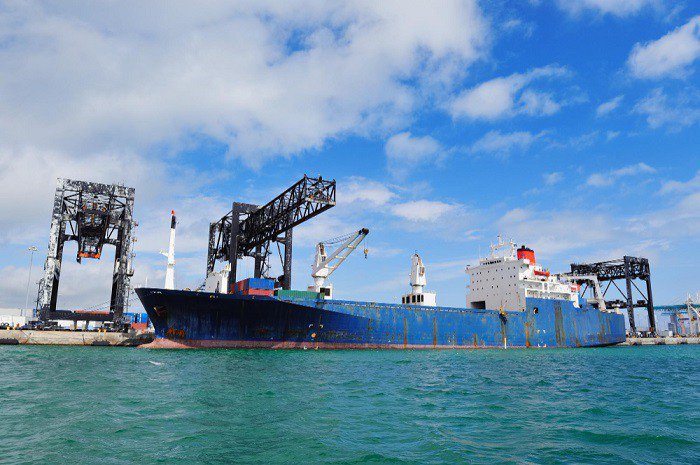
Sea freight is still one of the most affordable and dependable ways to ship goods across oceans in the globalized world of international trade. However, setting up a sea freight shipment requires some fees, which can occasionally confuse both importers and exporters. To prevent unforeseen costs and guarantee a smooth shipping experience, it is crucial to comprehend the breakdown of these fees.
The various fees associated with a sea freight shipment will be thoroughly covered in this manual, along with information on who pays each fee.
Ocean Freight Charges
The majority of a sea freight shipment's costs are covered by the ocean freight charge, which is incurred when goods are transported between ports of origin and destinations. The weight, volume, container size, and distance between the ports all play a role in calculating the ocean freight charge. Depending on the shipping company, the trade route, and the state of the market, freight rates can change.
Responsibility: The shipper or exporter is primarily responsible for paying the ocean freight charges. The importer or consignee might, however, also agree in some circumstances to pay for the ocean freight.
Origin And Destination Terminal Handling Charges
The cost of handling the containers at the terminal is covered by terminal handling charges (THC), assessed at both origin and destination ports. These fees cover container storage, security at the terminal, and loading and unloading containers onto and off the ship.
Responsibility: Depending on the Incoterm chosen by the buyer and seller, different parties pay the THC. According to the Ex Works (EXW) Incoterm, the buyer is responsible for all costs beginning at the point of origin, including THC at the port of origin. The seller is liable for paying the THC at the destination port under the Delivered Duty Paid (DDP) Incoterm, on the other hand.
Customs Clearance Charges
Customs clearance costs include everything needed to complete import/export paperwork in both the country of origin and the country of destination. These costs cover the cost of customs paperwork, inspection fees, and duties and taxes as necessary.
Responsibility: The importer or consignee is typically responsible for paying customs clearance fees. The consignee is responsible for adhering to all import regulations in the destination country as the party receiving the goods and paying any related fees.
Documentation Charges
Bill of lading, commercial invoice, packing list, and certificate of origin are just a few of the mandatory paperwork that must be included with a sea freight shipment. Documentation is essential in international trade. There are costs associated with preparing and processing these documents.
Responsibility: The exporter (the shipper) frequently covers the documentation fees. To handle the paperwork on their behalf, some importers may opt to work with a freight forwarder or customs broker; in these cases, they will be responsible for the related costs.
Container Charges
Various fees are associated with using containers, which are necessary for sea freight shipments. These fees may include those for renting containers, loading containers, and cleaning and repairing containers.
Responsibility: Depending on the terms of the shipping agreement, one party may be in charge of paying container fees. The shipper frequently covers container costs, but this is negotiable depending on the contract terms between the buyer and seller.
Inland Transportation Charges
Inland transportation to and from the ports is frequently required before the goods can reach the port of origin or after they arrive at the destination port. The costs associated with inland transportation cover moving the goods from the factory or warehouse to the port and then from the port to the final destination.
Similar to other fees, the agreed-upon Incoterm determines who is responsible for paying inland transportation fees. The seller is accountable if the Incoterm (such as Free On Board - FOB) specifies that the seller must plan and arrange the transportation to the port. On the other hand, if the Incoterm specifies that the buyer is responsible for the goods delivery from the port (such as Cost Insurance Freight - CIF), the buyer is responsible for the costs.
Conclusion
Both importers and exporters must understand how to navigate the complexities of sea freight charges to guarantee a smooth shipping process. Parties can negotiate favorable terms, prevent unforeseen costs, and uphold effective supply chain operations by clearly understanding the breakdown of these charges and the responsibilities associated with each.
Remember that the particulars of sea freight charges can vary depending on the shipping route, trade agreements, and individual contracts. So, speaking with freight forwarders or shipping experts is crucial to receiving customized advice for each shipment. With this knowledge, businesses can confidently participate in sea freight shipping, increasing their reach and competing more successfully in the global market.





 Get instant quote
and compare offers in real time
Get instant quote
and compare offers in real time